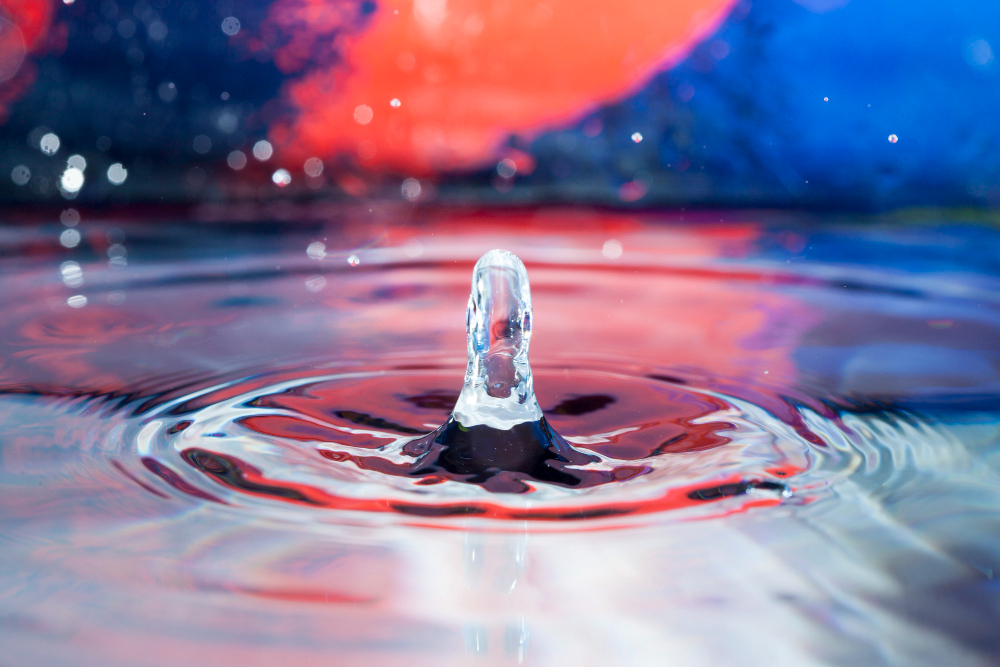Hydrokinetic energy, also known as marine or water kinetic energy, refers to the energy derived from the movement of water in oceans, rivers, and tidal currents. Unlike traditional hydroelectric power, which requires the construction of dams and reservoirs, hydrokinetic energy harnesses the kinetic energy of flowing water without significant alterations to the natural environment. While hydrokinetic energy holds promise as a renewable energy source, it comes with its own set of advantages and disadvantages.
Advantages of Hydrokinetic Energy
- Renewable and Sustainable: One of the primary advantages of hydrokinetic energy is its renewable nature. Unlike fossil fuels, which are finite resources, water currents are continuously replenished by natural processes such as tides and river flows, making hydrokinetic energy a sustainable source of power.
- Low Environmental Impact: Hydrokinetic energy systems typically have minimal environmental impact compared to conventional hydropower projects. They do not require the construction of dams or impoundments, which can disrupt aquatic ecosystems, alter river flows, and displace wildlife. Additionally, hydrokinetic turbines are designed to operate underwater, reducing their visibility and impact on scenic landscapes.
- Location Flexibility: Hydrokinetic energy systems can be deployed in a variety of aquatic environments, including rivers, estuaries, and oceans. This flexibility allows for the installation of turbines in areas with high water velocities, maximizing energy generation potential and reducing transmission losses.
- Continuous Energy Generation: Unlike solar and wind energy, which are intermittent sources of power dependent on weather conditions, hydrokinetic energy provides a consistent and reliable source of electricity. Water currents are predictable and consistent, ensuring a steady supply of energy throughout the day and night.
Disadvantages of Hydrokinetic Energy
- High Initial Costs: The development and installation of hydrokinetic energy systems can be costly, requiring significant upfront investment in research, technology development, and infrastructure. These costs may deter investment and slow the widespread adoption of hydrokinetic energy technologies.
- Challenges in Turbine Design: Designing efficient and durable hydrokinetic turbines capable of withstanding the harsh marine environment poses a significant challenge. Turbines must be resistant to corrosion, fouling, and biofouling while maximizing energy capture from variable water currents.
- Environmental Concerns: Despite their lower environmental impact compared to traditional hydropower projects, hydrokinetic energy systems can still pose risks to aquatic ecosystems. Turbines have the potential to injure or disrupt marine life, including fish, marine mammals, and migratory species, particularly if improperly sited or installed.
- Limited Efficiency: Hydrokinetic energy conversion technologies are still in the early stages of development, and their efficiency levels are lower than those of established renewable energy sources such as wind and solar power. Improvements in turbine design and performance are necessary to maximize energy extraction from water currents.
Balancing the Benefits and Challenges
In conclusion, hydrokinetic energy offers significant potential as a renewable energy source with several advantages, including its sustainability, low environmental impact, location flexibility, and continuous energy generation. However, the technology also faces challenges such as high initial costs, turbine design complexity, environmental concerns, and limited efficiency. By addressing these challenges through continued research, innovation, and responsible deployment practices, hydrokinetic energy has the potential to play a significant role in the transition to a more sustainable energy future.









+ There are no comments
Add yours